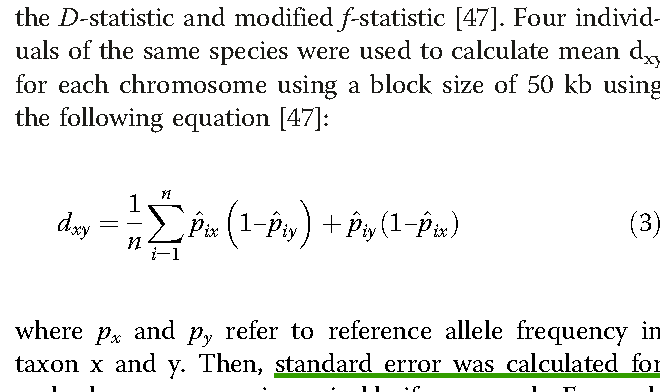How to calculate mutation rate

Introduction
Mutation rates are crucial for understanding the process of evolution, the driving force behind the immense diversity of life on Earth. In genetics, mutation rate refers to the frequency at which mutations occur within a given population or genome over time. Knowing how to calculate mutation rate is essential for researchers involved in fields such as genetics, evolutionary biology, and medicine. In this article, we will discuss the various methods employed to calculate mutation rates and how they are applied in real-life scenarios.
Calculating Mutation Rate
There are several methods used by scientists to calculate mutation rates, each with its own advantages and disadvantages. Some popular techniques include direct estimation, indirect estimation, and molecular clock approaches.
1. Direct Estimation
Direct estimation is a method in which researchers measure mutation rates by monitoring a population over time. It involves the following steps:
a. Obtain a starting population: Researchers first collect a large sample of individuals from a natural population or create one artificially in a laboratory.
b. Allow for mutations: The population is subjected to multiple generations, either naturally or in controlled laboratory conditions.
c. Identify mutants: After allowing for enough generations, researchers identify mutant individuals by examining changes in their DNA sequences or observable phenotypic traits.
d. Calculate mutation rate: The number of mutants is divided by the total number of individuals in the population and the number of generations that passed; this produces the mutation rate per generation.
2. Indirect Estimation
Indirect estimation calculates mutation rate based on observed genetic differences between populations or species. This method requires data from multiple sources, such as genealogical records or genomic comparisons between closely related species. Some common methods for indirect estimation include:
a. Coalescent Theory: This method utilizes mathematical models to predict genetic diversity within populations based on ancestral relationships.
b. DNA sequence comparisons: By comparing differences in DNA sequences between related species, scientists can estimate the number of mutations that have occurred over time.
3. Molecular Clock
The molecular clock is a technique used to estimate the mutation rate and divergence times for different lineages based on the substitutions that have occurred in molecular sequences. It assumes that mutations occur at a constant rate across lineages and time. The molecular clock method includes:
a. Calibration: Researchers calibrate the molecular clock using known divergence times from fossil records or geological events.
b. Estimation of mutation rate: By comparing the number of observed substitutions in molecular sequences with the known divergence times, scientists can estimate mutation rates.
Factors Affecting Mutation Rates
Several factors influence mutation rates, including:
1. Species: Different species exhibit different mutation rates due to varying life histories, generation times, and metabolic rates.
2. Environment: Mutations can be induced by environmental factors such as radiation or chemical exposure.
3. Genetic factors: Some genes are more prone to mutations due to their sequence or structural peculiarities.
Conclusion
Understanding how to calculate mutation rate has profound implications for our understanding of evolution, disease progression, and even population dynamics. Various methods exist, each with unique advantages and disadvantages. In any case, careful data collection and an understanding of the factors influencing mutation are critical to obtaining accurate estimates of mutation rates in our quest to comprehend the inner workings of life on Earth.






